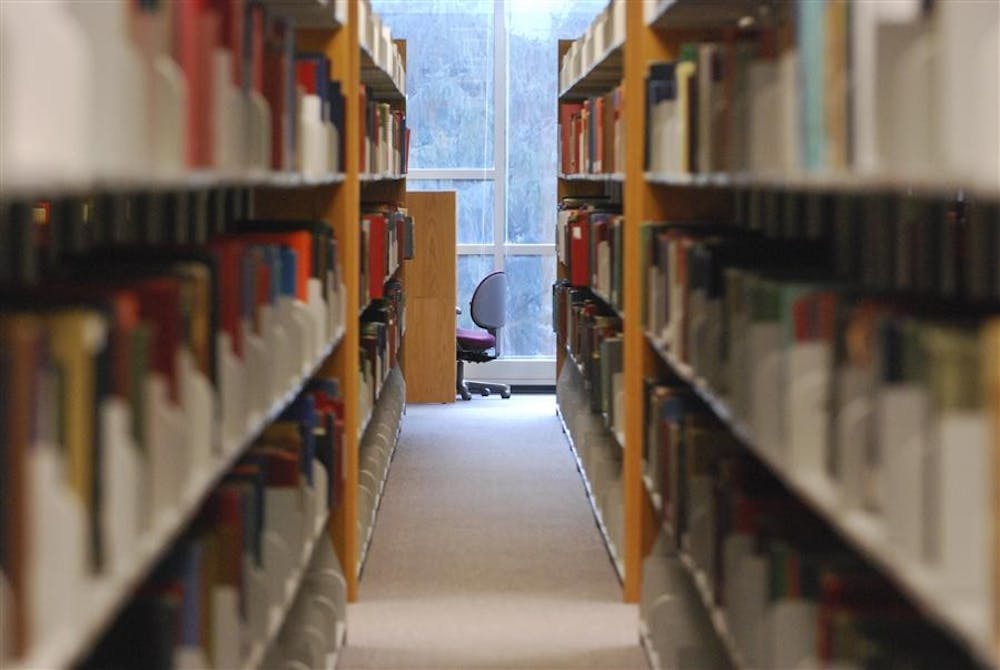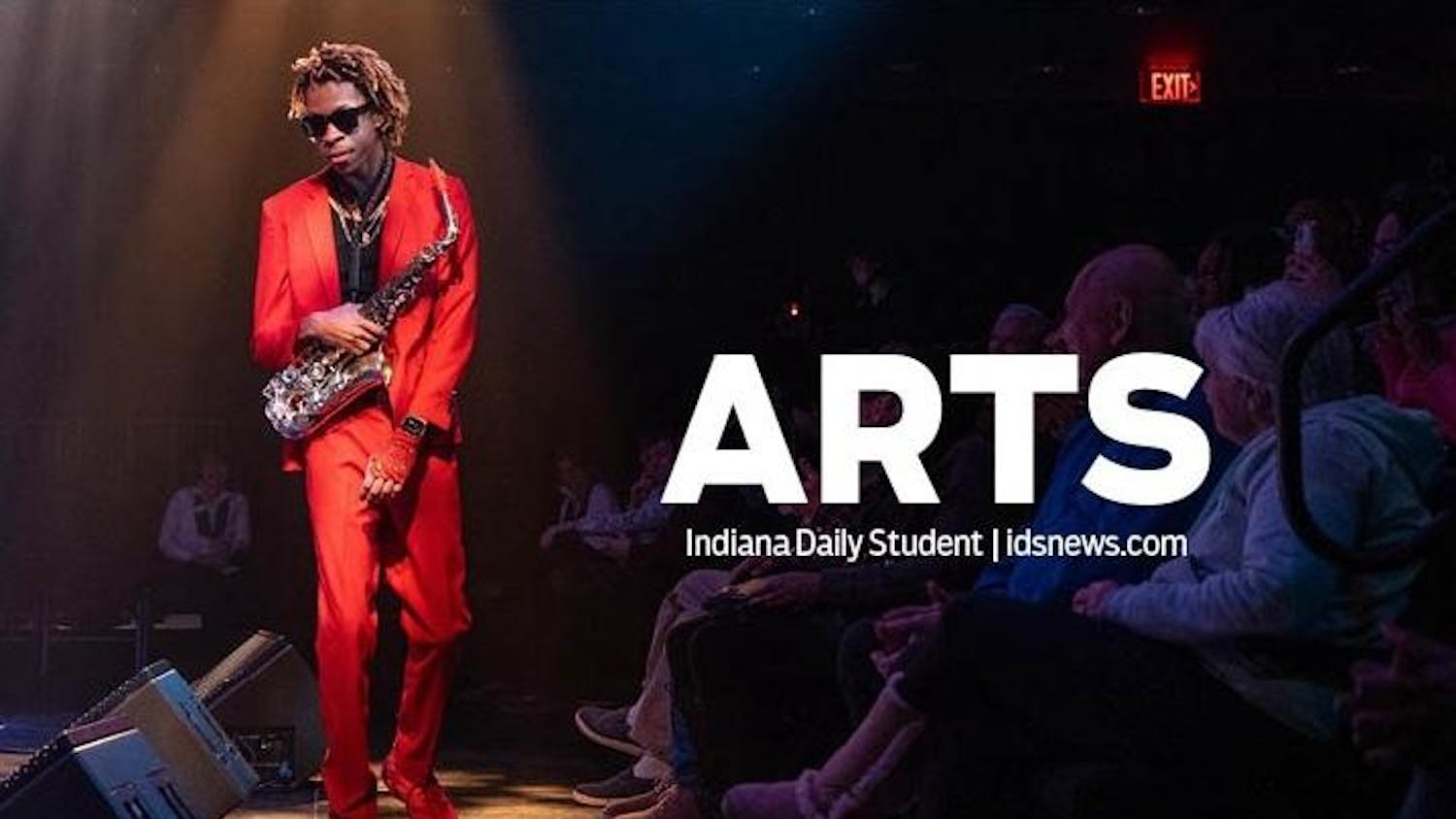If the non-musically inclined students on campus ever stumble through the Jacobs School of Music, they might not notice the enormous music library.
Each day, hundreds of music students wander through the stacks of scores and browse the digital collections of the William and Gayle Cook Music Library, which houses more than 600,000 items for them to choose from. Philip Ponella, head librarian, said it is trumped only by the Library of Congress and the New York Public Library in terms of collection size.
“It’s arguably the largest academic music library in the United States,” Ponella said. “Between us and the Eastman School of Music, this is perhaps the largest and finest music collection around.”
The music library contains a variety of different books, printed scores of music, older LPs, VHSs, CDs and digital recordings that can be accessed through the library’s Web site. But what sets it apart from the rest, Ponella said, is a system called Variations2.
Variatons2 enables the school to stream audio and creates a digitized collection of music, which allows students and researchers access to a collection of music in a variety of different formats. The original system was created by IU with funds from the National Science Foundation and National Endowment for the Humanities, he said.
Recordings streamed through the Variations2 system often date back to the early 20th century, said Keith Cochran, associate director of the library. Cochran said he estimates the earliest recording at the library dates from the 1940s, which is still contained on a transcription disc.
Along with Variations2, Ponella said, the library has an active preservation program which allows it to hire an audio engineer who works to transfer the collection of more than 40,000 open reel tapes dating back to the 1950s to a digital format. These reel-to-reel tapes, because of their age, have become increasingly fragile and have begun disintegrating, necessitating a switch to digitized copies.
In the open stacks, students can find rows of sheet music and scores, but the library also has recordings in the faculty and graduate student closed stacks of the basement that can only be accessed through the online catalog.
The collection consists of a range of different music, from classical favorites by Beethoven to a large Latin American collection, which Ponella said is perhaps the most developed collection in the library due to the collaborative efforts of the faculty.
Other collections include jazz, African-American music and concert performances.
Ponella said the music library has the second-highest circulation on campus next to the Wells Library, thanks to the music students.
Freshman Joseph Tatum uses the library daily and accepted a job at the library stocking shelves because he enjoys the atmosphere and likes stumbling across new finds.
“Shelving the books, you find new things,” Tatum said. “I’m in here quite a bit either looking for scores or quartets for class and, occasionally, just stuff for fun.”
While studying brings a lot of students to the library, so does research. Graduate student Laura Goodenkauf spends her time compiling lists of solos for a book her professor is writing. According to Ponella, the library is also used by researchers from across the country.
Although the library is primarily used by students, Ponella said, the collections are open to everyone and he hopes students outside of the music school will find use for it.
“We’re a music library for the entire campus,” he said. “I don’t want people to be afraid to come over and think it’s just for serious music students. It’s for everybody.”
Jacobs library brings a history of music to IU

Get stories like this in your inbox
Subscribe





